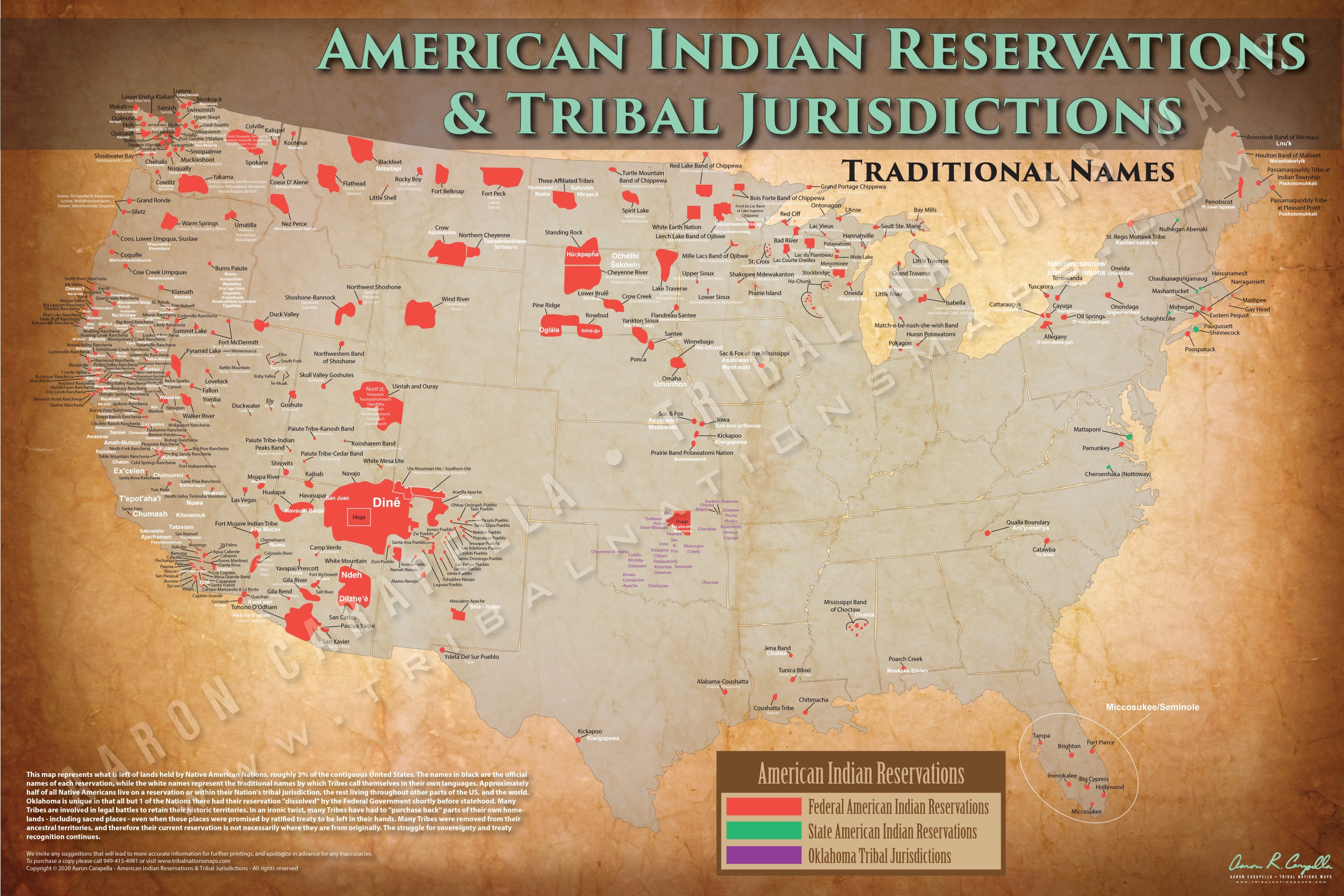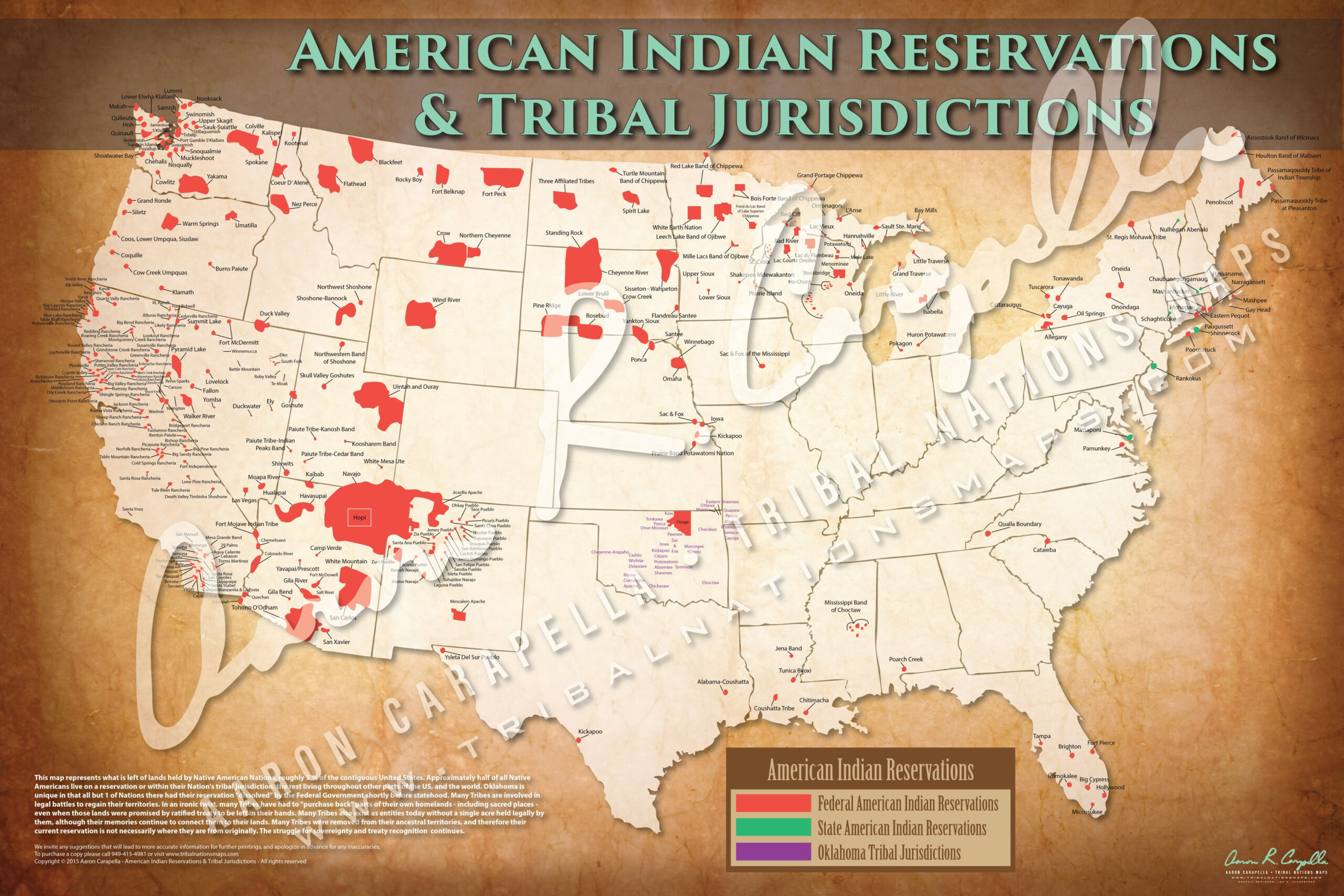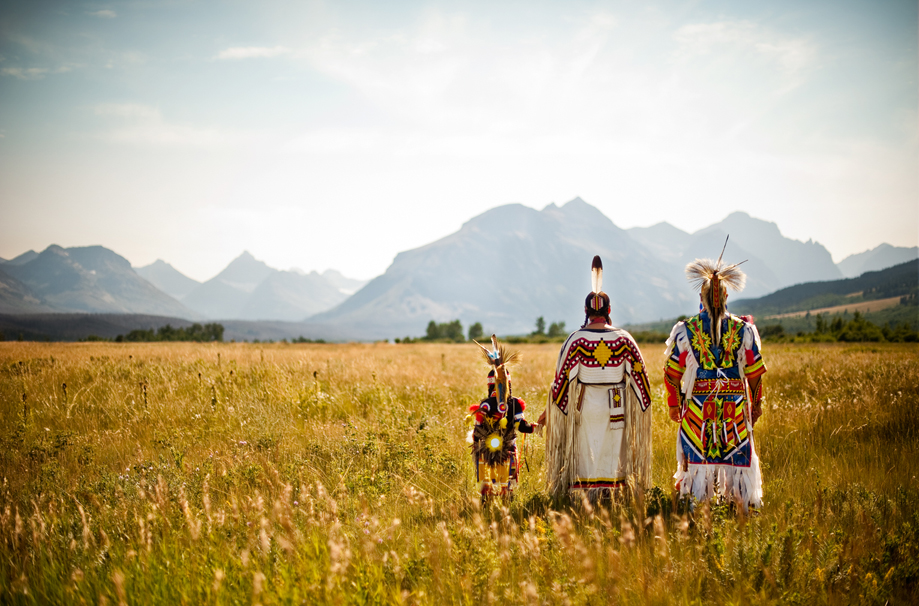Unveiling the Tapestry of Tribal Lands: A Guide to Indian Reservations in the United States
Unveiling the Tapestry of Tribal Lands: A Guide to Indian Reservations in the United States

The United States, a land built on the backs of diverse cultures, holds within its borders a complex tapestry of Native American history and present-day life. One of the most fascinating and often misunderstood aspects of this history is the existence of Indian reservations, lands set aside for Native American tribes by the federal government.
But these reservations are more than just geographical markers. They are vibrant communities, each with its own unique history, traditions, and culture. They are places of resilience, where generations of Native Americans have fought to preserve their identities and traditions in the face of historical injustices.
Related Articles: Unveiling the Tapestry of Tribal Lands: A Guide to Indian Reservations in the United States
- Uncover the Native American Heritage of Austin: Discover Lost Tribes and Ancient Wisdom
- Unveiling the Enigmatic Native American Tribes of Pueblo, Colorado
- Unveiling Hidden Gems: Discover the Rich Landscape of Native American Reservations in Michigan
- Discover the Enchanting World of Native American Tribe Names
- Indiana’s Native American History: Are There Reservations In The Hoosier State?
This article serves as a guide to understanding the map of Indian reservations in the United States, exploring the history behind their creation, the challenges they face, and the vibrant cultures that flourish within their borders.
A Brief History of Indian Reservations
The story of Indian reservations in the United States is deeply intertwined with the history of colonization and forced displacement. Following the arrival of European settlers, Native American tribes were pushed westward, their lands seized, and their traditional way of life disrupted.
The Indian Removal Act of 1830, a dark chapter in American history, led to the forced relocation of thousands of Native Americans from their ancestral lands, often to territories deemed unsuitable for farming or lacking in resources. These forced removals resulted in the creation of reservations, which were initially intended as temporary holding areas, but ultimately became permanent settlements for many tribes.
The Legacy of Treaties and Broken Promises
The creation of reservations was often accompanied by treaties signed between the US government and various tribes. These treaties, however, were often broken, with the government failing to uphold its promises regarding land rights, resources, and self-governance.
The impact of these broken treaties continues to be felt by Native American communities today. Many reservations face economic hardship, lack of access to quality healthcare and education, and limited opportunities for economic development.
Understanding the Map

The map of Indian reservations in the United States is a complex and ever-evolving landscape. There are currently 326 federally recognized tribes, each with its own unique history and relationship with the federal government.
These reservations vary widely in size and location, ranging from small, isolated pockets of land to sprawling territories encompassing millions of acres. They are scattered across the country, with the highest concentration found in the western states, particularly in the Southwest, Great Plains, and Pacific Northwest.
More Than Just Land: A Tapestry of Culture and Resilience
While the map of Indian reservations might appear as a collection of geographical boundaries, it is crucial to remember that these lands are home to vibrant and diverse communities. Each reservation boasts a unique cultural heritage, language, traditions, and art forms that have been passed down through generations.
From the traditional dances and ceremonies of the Pueblo tribes in the Southwest to the intricate beadwork and storytelling of the Cherokee Nation in the Southeast, the cultural richness of Native American communities is truly astounding.

Reservations are also places of resilience, where Native Americans have faced countless challenges and fought to preserve their identities and cultures. Despite historical injustices and ongoing struggles, they have maintained their traditions, languages, and spiritual beliefs, demonstrating an unwavering commitment to their heritage.
Challenges and Opportunities
The challenges faced by Native American communities living on reservations are multifaceted. Many reservations struggle with high rates of poverty, unemployment, and limited access to essential services like healthcare, education, and infrastructure.
The historical legacy of broken treaties and government policies has created a cycle of dependence and limited economic opportunities. However, there are also opportunities for growth and development.
Many tribes are actively pursuing economic diversification through initiatives like tourism, gaming, and renewable energy. They are also working to reclaim their sovereignty and self-determination, advocating for greater control over their own affairs and resources.

Exploring the Map: A Journey Through Diverse Cultures
Exploring the map of Indian reservations is a journey through a rich tapestry of cultures. Each tribe has its own unique story to tell, its own traditions to preserve, and its own contribution to the fabric of American society.
Here are a few examples of the diverse cultures that flourish within the borders of Indian reservations:
- The Navajo Nation: Located in the Four Corners region of the Southwest, the Navajo Nation is the largest Native American reservation in the United States. Known for their intricate weaving, silverwork, and storytelling, the Navajo people have preserved their traditional culture and language despite centuries of adversity.
- The Cherokee Nation: Located in Oklahoma, the Cherokee Nation is one of the Five Civilized Tribes, known for their rich history, language, and cultural traditions. The Cherokee Nation has been a leader in self-governance and economic development, with a strong commitment to preserving its heritage.
- The Lakota Nation: Located in the Great Plains, the Lakota Nation is known for its warrior traditions and its resistance to colonization. The Lakota people have fought to preserve their culture, language, and spiritual beliefs, and their struggle for self-determination continues today.
The Importance of Understanding
Understanding the history, culture, and challenges of Indian reservations is essential for building a more inclusive and equitable society. It is important to recognize the contributions of Native Americans to American history and culture, and to acknowledge the injustices they have faced.
By supporting Native American communities, respecting their sovereignty, and promoting understanding, we can work towards a future where all Americans have the opportunity to thrive.
FAQ about Indian Reservation Map in the United States
Q: What is the purpose of Indian reservations?
A: Indian reservations were established by the US government to provide land for Native American tribes, often as a result of treaties or forced relocations. They serve as places for tribes to maintain their cultural traditions, language, and self-governance.
Q: How many Indian reservations are there in the United States?
A: There are currently 326 federally recognized tribes in the United States, each with its own reservation or land base.
Q: Where are most Indian reservations located?
A: The highest concentration of Indian reservations is found in the western states, particularly in the Southwest, Great Plains, and Pacific Northwest.
Q: What are some of the challenges faced by Native American communities living on reservations?
A: Many reservations struggle with high rates of poverty, unemployment, limited access to healthcare and education, and lack of infrastructure.
Q: What are some of the opportunities for growth and development on reservations?
A: Tribes are pursuing economic diversification through initiatives like tourism, gaming, and renewable energy. They are also advocating for greater self-governance and control over their resources.
Q: How can I learn more about specific Indian reservations and their cultures?
A: There are many resources available online and in libraries, including tribal websites, cultural centers, and museums. You can also visit reservations and interact with tribal members to learn firsthand about their unique history and traditions.
Q: How can I support Native American communities?
A: You can support Native American communities by learning about their history and culture, patronizing Native-owned businesses, advocating for policies that support tribal sovereignty, and donating to organizations that work to address issues facing Native Americans.
Conclusion
The map of Indian reservations in the United States is a testament to the resilience, diversity, and cultural richness of Native American communities. It is a reminder of the complex history of colonization and the ongoing struggle for self-determination.
By understanding the history, culture, and challenges of these communities, we can work towards a future where all Americans have the opportunity to thrive. Let us honor the legacy of Native Americans, support their communities, and celebrate the vibrant cultures that continue to flourish within the borders of Indian reservations across the United States.

Closure
Thus, we hope this article has provided valuable insights into Unveiling the Tapestry of Tribal Lands: A Guide to Indian Reservations in the United States. We appreciate your attention to our article. See you in our next article!